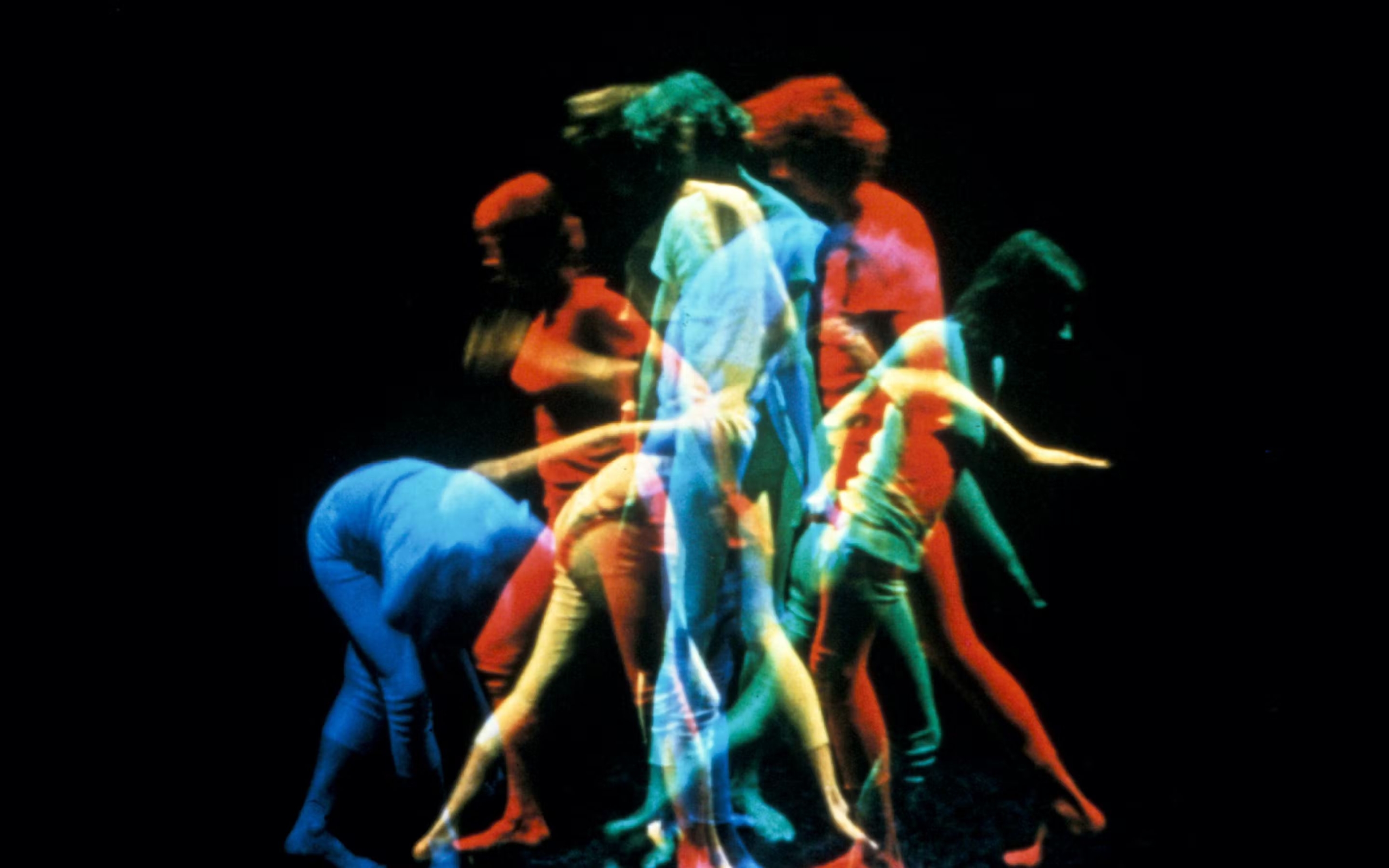Multiple Realities: Experimental Art in the Eastern Bloc, 1960s–1980s with Jolanta Marcolla and Natalia LL
Walker Art Center | Contemporary Art Museum | Minneapolis
Nov 11, 2023–Mar 10, 2024
link: walkerart.org
Among exhibited artists: Barbara Falender, Henryk Gajewski and Piotr Rypson, Teresa Gierzyńska, Wiktor Gutt and Waldemar Raniszewski, Krzysztof Jung, MilanJarosław Kozakiewicz, Kryzys, Natalia LL, Jolanta Marcolla, Teresa Murak, Krzysztof Niemczyk, Ewa Partum, Krystyna Piotrowska, Maria Pinińska-Bereś, Polish Radio Experimental Studio, Karol Radziszewski/Queer Archives Institute, Józef Robakowski and Eugeniusz Rudnik, Jerzy Rosołowicz, Akademia Ruchu, Zbigniew Rybczyński, Bogusław Schaeffer, Tomasz Sikorski, Alina Szapocznikow, Janina Tworek-Pierzgalska, Teresa Tyszkiewicz, Andrzej Urbanowicz, Krzysztof Wodiczko, and many more.
Multiple Realities: Experimental Art in the Eastern Bloc, 1960s–1980s offers a sweeping survey of experimental art made in six Central Eastern European nations during the 1960s to 1980s. Charting a generation of artists invested in experimentation, the Walker-organized exhibition features artworks rarely seen in the United States. Despite their geographical proximity, artists working during this time encountered different conditions for daily life and art-making, confronting varying degrees of control and pressure exerted by state authorities. Embracing conceptual or formal innovation and a spirit of adventurousness, Multiple Realities sheds light on ways that artists refused, circumvented, eluded, and subverted official systems, in the process creating works often riddled with wit, humor, or irony.
Drawing on visual art, performance, music, and material culture, Multiple Realities: Experimental Art in the Eastern Bloc, 1960s–1980s brings together works by nearly 100 artists from East Germany, Poland, Czechoslovakia, Hungary, Romania, and Yugoslavia. While it presents select canonical figures from the region, the exhibition foregrounds lesser-known practitioners, particularly women artists, artist collectives, and those exploring embodiment through an LGBTQIA+ lens.
Presented as a sequence of thematic chapters, the exhibition explores the relationships between art and politics, and the roles that institutions play in society. How did artists negotiate their daily lives, in which authority and power were made manifest through control and surveillance? What can we learn from the production, circulation, and reception of art outside of capitalist economies? How did restrictions, whether practical or ideological, inform the possibilities of artistic practice at this time? Multiple Realities explores these concerns through a story of art’s flourishing through community, friendship, and self-organization.


